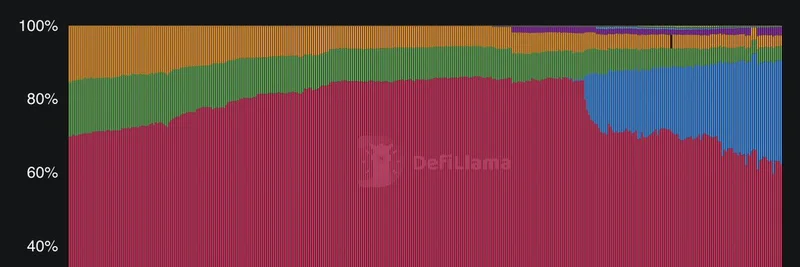In the fast-paced world of blockchain, where new projects pop up daily, a single tweet can spark important conversations. That's exactly what happened when Matty Tay, co-founder of Colosseum and a former Solana team member, posted: "Every company launching their own chain like interoperability is a solved problem. (it's not)". This succinct observation cuts to the heart of a persistent issue in crypto—getting different blockchains to play nice with each other.
For those new to the term, interoperability refers to the ability of separate blockchain networks to communicate, share data, and transfer assets seamlessly. Think of it like trying to send money from a U.S. bank to one in Europe without hefty fees or delays. In crypto, this means moving tokens or NFTs from, say, Ethereum to Solana without jumping through hoops. But as Matty points out, it's far from solved, despite the hype around tools like bridges and cross-chain protocols.
Why are companies so eager to launch their own chains anyway? Often, it's about gaining more control. App-specific chains, or appchains, allow projects to customize rules, capture fees, and scale without competing for block space on crowded networks like Ethereum. In the meme token space, this could mean a community launching a dedicated chain for their favorite cat or dog-themed coin, promising faster trades and lower costs. But here's the catch: without solid interoperability, these isolated chains create silos. Your meme token might thrive on its home chain, but good luck trading it elsewhere without risking hacks on sketchy bridges or dealing with fragmented liquidity.
The replies to Matty's tweet echo this frustration. One user, @jahris_, quipped, "what if hear me out they‘re just launching new banks," suggesting these chains are more about centralized control than true decentralization. Matty responded, "I'm sure that's what they think they are doing." Another reply from @tj_littlejohn highlighted ulterior motives: "they don't want interoperability, they want exit liquidity, reg arb, control." Exit liquidity means easier ways for founders to cash out, regulatory arbitrage (reg arb) involves dodging strict rules by choosing lax jurisdictions, and control is self-explanatory. These points underline how self-interest often trumps ecosystem-wide benefits.
In the meme token world, where virality and community drive value, interoperability issues hit hard. Memes like Dogecoin or newer Solana-based hits rely on easy access across wallets and exchanges. If every meme project spins up its own chain, users end up with a messy web of bridges, leading to poor user experience (UX). As @pyvitor replied, "Every time a developer thinks interoperability is a UX issue, a fairy dies." It's not just about tech—it's about making crypto fun and accessible, not a headache.
Looking ahead, solutions like layer-zero protocols (e.g., LayerZero) or IBC from Cosmos aim to bridge the gap, but they're still evolving. For meme token enthusiasts and builders, this tweet is a reminder to prioritize chains with strong cross-chain capabilities, like Solana's growing ecosystem, to keep the liquidity flowing and the memes pumping.
Matty's words serve as a wake-up call: True innovation in blockchain, especially for meme tokens, will come when we crack interoperability for real. Until then, launching a new chain might feel empowering, but it risks isolating your project in a sea of disconnected islands. Stay tuned to Meme Insider for more insights on how tech trends shape the meme economy.

